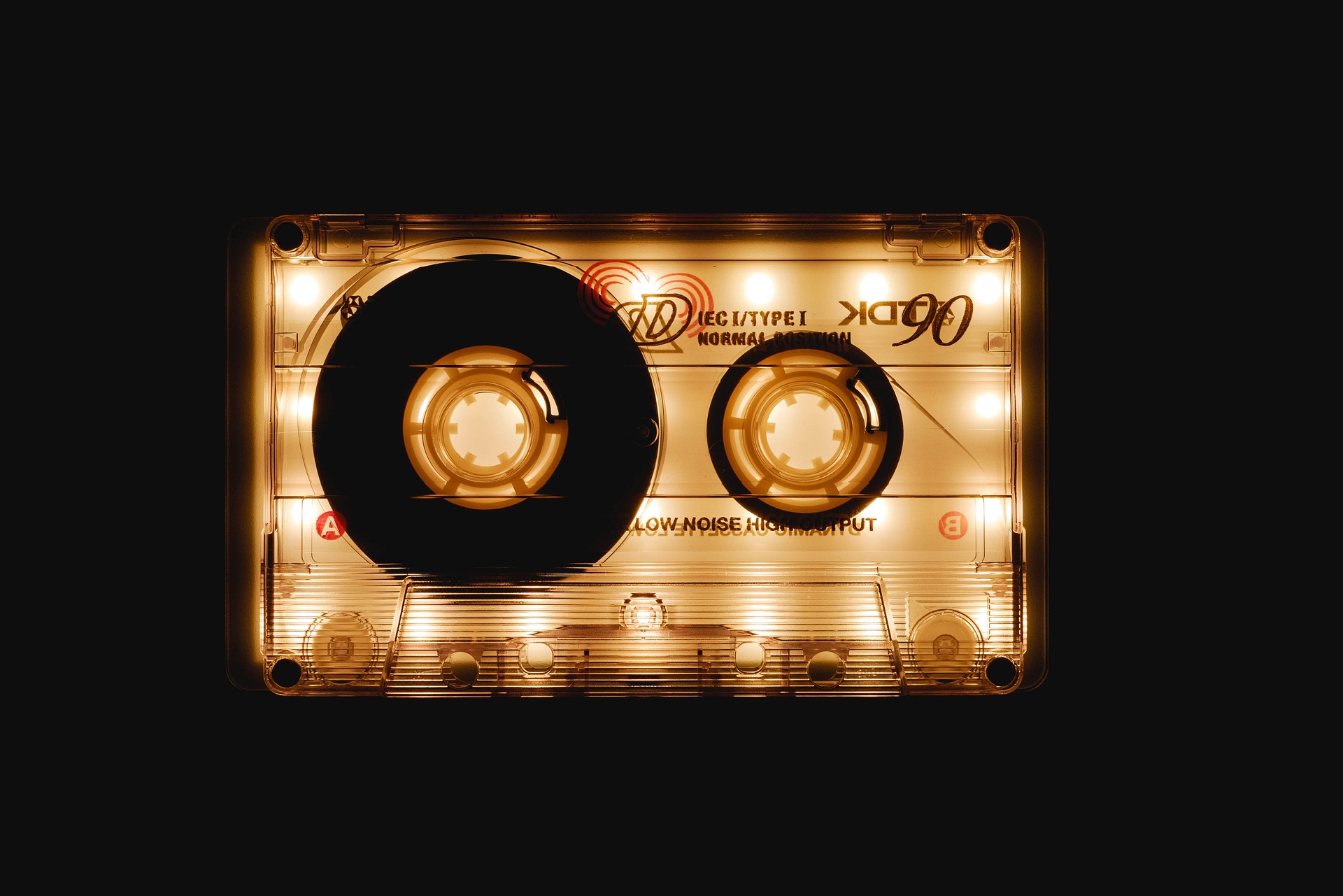Neon Noir: The Luminous Revival of a Cinematic Genre
In the glow of vibrant neon signs and rain-slicked streets, a new wave of filmmakers is breathing fresh life into the noir genre. This resurgence, dubbed Neon Noir, blends classic noir elements with modern aesthetics, creating a visual feast that's captivating audiences worldwide. From indie darlings to major studio productions, Neon Noir is illuminating screens with its distinctive style and atmospheric storytelling.

Defining Characteristics
Neon Noir is distinguished by its vivid color palette, dominated by electric blues, hot pinks, and acid greens. This visual style is often paired with a synth-heavy soundtrack, creating an immersive audiovisual experience. Thematically, Neon Noir retains the cynicism and moral ambiguity of classic noir but often incorporates elements of science fiction or near-future settings.
Contemporary Renaissance
The past decade has seen a significant resurgence of Neon Noir in cinema. Films like Drive (2011), Nightcrawler (2014), and Blade Runner 2049 (2017) have brought the genre to mainstream audiences, while indie productions such as Good Time (2017) and Diamantino (2018) have pushed its boundaries. This revival has not only influenced film but has also permeated television, with shows like Mr. Robot and Altered Carbon embracing the neon-soaked aesthetic.
Cultural Impact and Artistic Influence
Neon Noir’s influence extends beyond the screen, inspiring fashion trends, music videos, and even architectural design. The genre’s distinctive visual style has become a shorthand for urban cool, with its neon-lit cityscapes adorning everything from album covers to clothing lines. In the art world, photographers and digital artists are embracing the Neon Noir aesthetic, creating works that capture the genre’s moody atmosphere and electric color palette.
Technological Advancements Fueling the Genre
The rise of digital cinematography and advanced color grading techniques has played a crucial role in Neon Noir’s resurgence. Filmmakers now have unprecedented control over color and lighting, allowing them to create the genre’s signature look with greater precision and flexibility. Additionally, advancements in LED lighting technology have made it easier and more cost-effective to incorporate neon-like elements into practical sets, further enhancing the genre’s distinctive visual style.
Critical Reception and Academic Interest
As Neon Noir continues to evolve, it has garnered increasing attention from film critics and academics. Scholars are exploring its relationship to postmodernism, cyberpunk literature, and the aesthetics of nostalgia. Some critics argue that Neon Noir represents a form of hyperreality, blurring the lines between the past and an imagined future. Others see it as a reflection of contemporary anxieties about technology, urban life, and social isolation.
The Future of Neon Noir
As we look to the future, Neon Noir shows no signs of dimming. Emerging filmmakers are continuing to push the genre in new directions, experimenting with virtual reality and interactive storytelling. Meanwhile, established directors are finding fresh ways to incorporate Neon Noir elements into a variety of genres, from action thrillers to romantic dramas. The genre’s adaptability and visual appeal suggest that it will remain a significant force in cinema for years to come.
In conclusion, Neon Noir represents a vibrant and evolving cinematic genre that bridges the gap between classic noir and contemporary filmmaking. Its distinctive visual style, atmospheric storytelling, and thematic depth have captivated audiences and influenced culture far beyond the silver screen. As technology advances and creative boundaries continue to be pushed, Neon Noir stands poised to illuminate the future of cinema with its electric glow.





